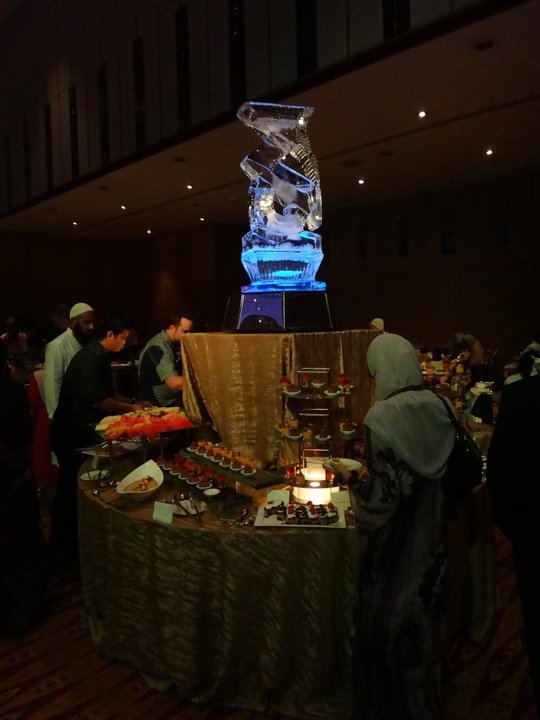In the aftermath of the Great East Japan Earthquake, Masayoshi Son laid out a new energy plan for the future, setting up a foundation to conduct research into renewables, and at the same time expanding the boundaries of his corporation to the global scale.
It is hard to find anyone in business circles in Japan, and indeed in the world, who are as capable of generating a buzz and garnering interest as Mr. Son. It is easy to criticize and be a naysayer, but I wonder how those same critics will fare in the face of similarly fierce put-downs.
Son-san has not taken long in acting to make his new energy plan, a response to the Fukushima Daichi Nuclear Accident, a reality.
On 9th September, I was invited to take part in a panel discussion as part of a conference organized by his foundation. You can view the panel discussion through this link to the foundation’s website, as well as comment or ask questions.
The speeches of Kåberger, Dr. Lovins (at around 14 min) and Son (at around 43 min, as well as from the beginning in the second video) were all wonderful, inspring and informative. I was particularly impressed by the comprehensiveness of Son’s vision, his thoughts and views, and his ability to translate thought into action, as well as the structure of his talk. His answers to questions were also very good.
If you see his video, you will be able to understand the precarious position that Japan is in, as it is left behind in the wake of of world-movers like the US and China who change the world that we live in through their decisions and the policies that they make.
It really saddens me that the people who are in charge of energy policy in Japan, and are therefore responsible for the future of Japan, are too small-minded to participate in global debates, content instead with just looking as the rest of the world seeks change.
There is a lot of potential for new enrgineering and technologies within Japan, but so long as they are not utilized and, they will remain as they are, only potential dreams.
The Fukushima Daichi Nuclear Disaster is an accident of proportions that will remain for centuries, yet there appears to be little desire to learn from it, no major movement or indication that a definitive master-plan will be in sight.
It seems we will only be getting more of opportunistic politicians and media belonging to the ‘ruling elites and establishments’, and the researchers who support on-going agenda. Perhaps this is all part of the mindset of a ‘remote and isolated Japan’ ?
It appears that Japan’s energy policy will remain under Regulatory Capture for the foreseeable future. I had requested my publishers to prepare some copies of my book ‘Regulatory Capture’ to sell here just in front of the cofenerce hall, but the demand was beyond expectations and the book copies were sold out very quickly (in Japanese) thanks to an eager audience.













